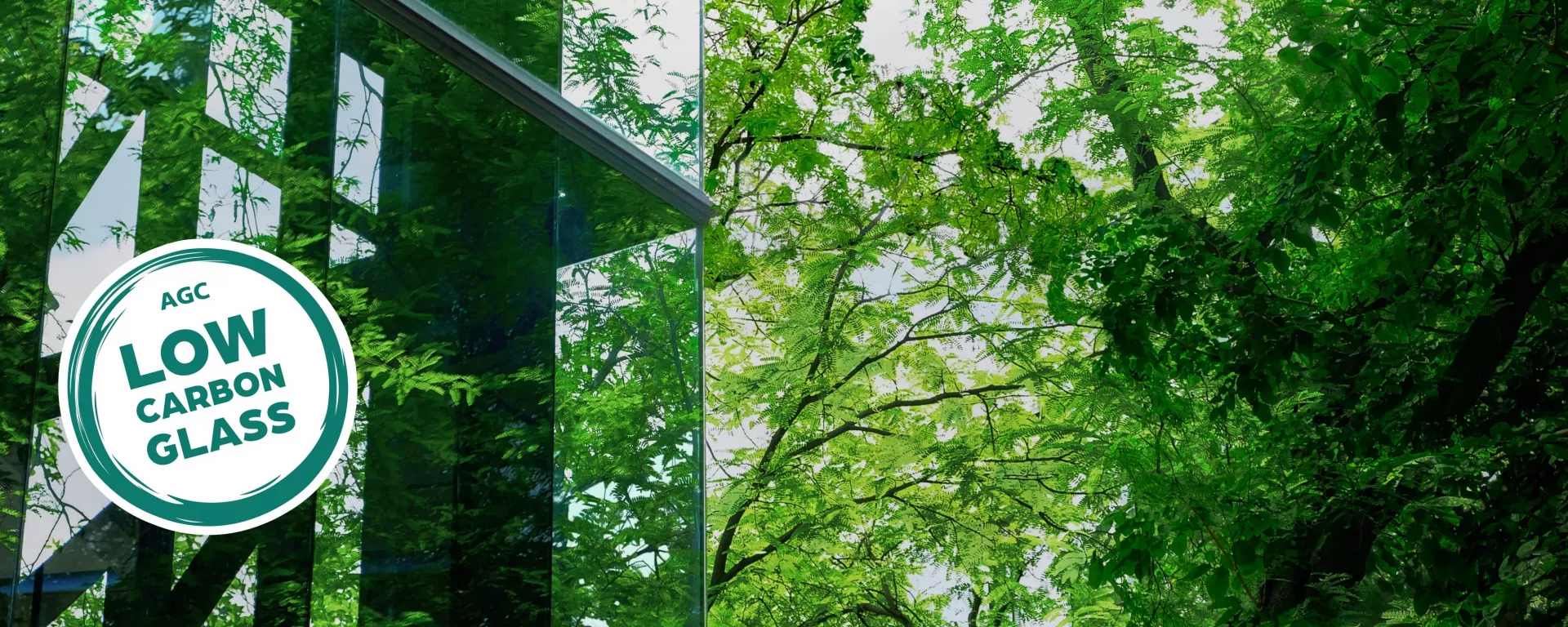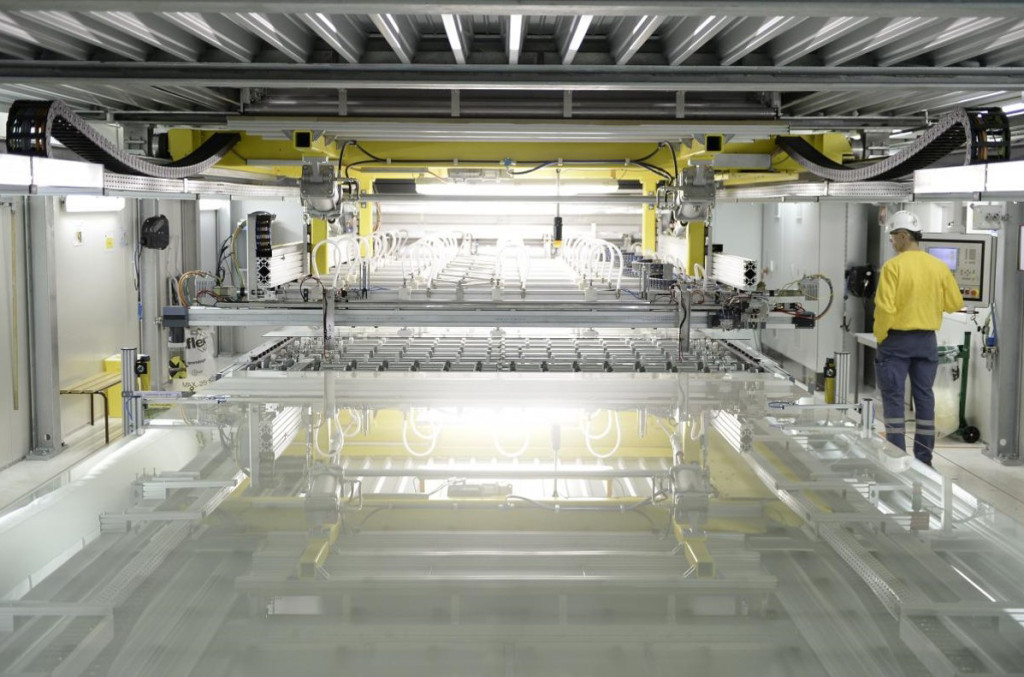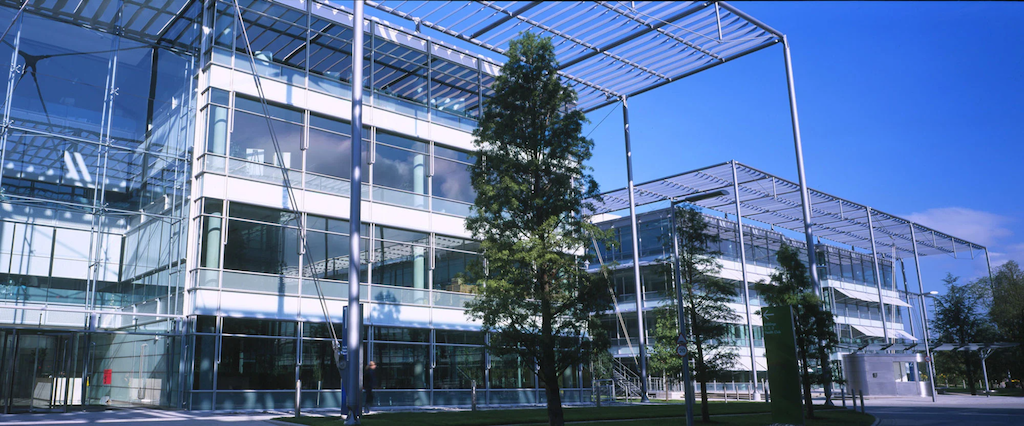What is Low Carbon Glass? Check the latest news!
TIME: 2023-11-17 READ: 952 AUTHOR:
What is Low Carbon Glass?

Low carbon glass is a type of glass that is produced using a manufacturing process that significantly reduces carbon emissions. The manufacturing process for low carbon glass involves using renewable energy sources and reducing the amount of energy required to produce glass. Low carbon glass is also made from recycled materials, which further reduces its carbon footprint.
The construction industry is responsible for 39% of global CO2 emissions. It is no secret that the industry has a significant impact on climate change. Fortunately, low carbon glass is here to revolutionize the way we build. In this article, we will explore what low carbon glass is, how it is made, and its advantages in the construction industry.
The Importance of Low Carbon Glass for Sustainable Construction

As the world continues to face the challenges of climate change and resource depletion, sustainable construction practices are becoming increasingly essential. Low carbon glass is one of the most promising innovations in the construction industry that can significantly reduce the carbon footprint of buildings and contribute to a more sustainable future.
Low carbon glass is produced using advanced manufacturing processes that significantly reduce the amount of carbon emissions generated during the production process. Traditional glass production requires high temperatures that consume a significant amount of energy and emit large quantities of greenhouse gases, contributing to climate change. However, low carbon glass production uses energy-efficient processes that reduce emissions and conserve resources.
In addition to its low carbon footprint, low carbon glass also offers significant energy savings in buildings and reduce carbon footprint of glass industry. Its superior insulation properties can significantly reduce the need for heating and cooling systems, which are some of the biggest contributors to energy consumption and carbon emissions in buildings. By reducing energy consumption, low carbon glass can help building owners and occupants save on energy costs and contribute to a more sustainable future.
Another significant benefit of low carbon glass is its ability to increase natural lighting in buildings. Natural light is known to have numerous benefits, including boosting productivity, improving mood, and reducing energy consumption. By allowing more natural light into buildings, low carbon glass can improve the health and well-being of occupants while reducing the need for artificial lighting and energy consumption.
Furthermore, the use of low carbon glass can contribute to sustainable building certifications such as LEED certification (Leadership in Energy and Environmental Design) and BREEAM certification (Building Research Establishment Environmental Assessment Method). These certifications evaluate the environmental performance of buildings based on various criteria, including energy efficiency, materials selection, and indoor environmental quality. By using low carbon glass in construction, builders can earn points towards these certifications, which can significantly increase the value and appeal of their buildings.
In conclusion, low carbon glass is a game-changer in sustainable construction, offering significant benefits in terms of reduced carbon emissions, energy savings, natural lighting, and sustainable certifications. Its use in buildings can significantly contribute to a more sustainable future, and it’s crucial for the construction industry to adopt this innovation in their projects.
By incorporating low carbon glass into building designs, we can create sustainable and energy-efficient buildings that benefit the environment, the economy, and society. It’s time to take action and make sustainable construction practices the new standard.
How is Low Carbon Glass Made?

Low carbon glass is manufactured using advanced processes that significantly reduce carbon emissions and conserve energy. The manufacturing process begins with the raw materials, which include silica sand, soda ash, limestone, and cullet (recycled glass).
The first step in the production of low carbon glass is the mixing of the raw materials in a batch mixer. The mixture is then transferred to a furnace, where it is heated to temperatures of up to 1600°C. The high temperature melts the mixture into a liquid glass, which is then transferred to the float bath.
In the float bath, the liquid glass is spread evenly over a bath of molten tin. The tin supports the glass as it cools and solidifies into a flat surface. The glass is then annealed, a process of slowly cooling the glass to remove any internal stresses and improve its strength.
The final step in the production of low carbon glass is the application of a low-emissivity (low-e) coating. The low-e coating is a thin, transparent layer of metal oxide that reflects heat back into the room and reduces the amount of heat that passes through the glass. This coating significantly improves the energy efficiency of the glass, making it an ideal choice for sustainable building design.
The low-e coating is applied using a process called magnetron sputtering. In this process, an electric current is passed through a gas-filled chamber, ionizing the gas and creating a plasma. The plasma bombards the metal target, knocking off metal atoms, which then coat the glass surface.
Overall, the manufacturing process of low carbon glass is a significant improvement over traditional glass production. Its advanced processes significantly reduce carbon emissions and conserve energy, making it an ideal choice for sustainable building design. By using low carbon glass, we can significantly reduce the carbon footprint of buildings and contribute to a more sustainable future.
Advantages of Low Carbon Glass

Low carbon glass offers a range of advantages over traditional glass products. Here are some of the most significant benefits:
Energy Efficiency: Low carbon glass is highly energy efficient, with a low-emissivity (low-e) coating that reflects heat back into the room and reduces the amount of heat that passes through the glass. This reduces the need for heating and cooling systems, saving energy and reducing costs.
Carbon Reduction: Low carbon glass has a significantly lower carbon footprint of glass industry than traditional glass products, thanks to its advanced manufacturing processes that significantly reduce carbon emissions.
Improved Comfort: The low-e coating on low carbon glass helps to regulate indoor temperatures, reducing hot and cold spots and improving overall comfort levels.
UV Protection: Low carbon glass is designed to filter out harmful UV rays, protecting the interior of buildings from sun damage and reducing the risk of skin cancer for occupants.
Noise Reduction: Low carbon glass has excellent acoustic insulation properties, reducing external noise levels and creating a more comfortable and peaceful environment inside buildings.
Durability: Low carbon glass is highly durable and long-lasting, with excellent resistance to wear and tear, scratches, and other forms of damage.
Aesthetics: Low carbon glass is available in a range of styles and finishes, making it easy to integrate into a wide range of architectural designs.
Increased Property Value: By improving energy efficiency and reducing carbon emissions, low carbon glass can increase the value of buildings and attract environmentally conscious buyers.
Overall, low carbon glass offers a range of benefits for sustainable building design, including energy efficiency, carbon reduction, improved comfort, UV protection, noise reduction, durability, aesthetics, and increased property value. By incorporating low carbon glass into building design, we can significantly reduce the environmental impact of buildings and contribute to a more sustainable future.
Applications of Low Carbon Glass
Low carbon glass is a versatile and sustainable building material that can be used in a wide range of applications. Here are some of the most common uses of low carbon glass:
Windows and Doors: Low carbon glass is commonly used for windows and doors, thanks to its energy efficiency, durability, and UV protection.
Façades and Curtain Walls: Low carbon glass is ideal for use in façades and curtain walls, thanks to its aesthetic qualities, durability, and acoustic insulation properties.
Skylights and Roof Glazing: Low carbon glass is commonly used for skylights and roof glazing, thanks to its energy efficiency, UV protection, and durability.
Glass Partitions: Low carbon glass is ideal for glass partitions, thanks to its acoustic insulation properties and aesthetic qualities.
Glass Balustrades: Low carbon glass is commonly used for glass balustrades, thanks to its strength, durability, and aesthetic qualities.
Glass Floors: Low carbon glass is ideal for use in glass floors, thanks to its strength, durability, and aesthetic qualities.
Glass Staircases: Low carbon glass is commonly used for glass staircases, thanks to its strength, durability, and aesthetic qualities.
Greenhouses: Low carbon glass is ideal for use in greenhouses, thanks to its energy efficiency and ability to filter out harmful UV rays.
Display Cases: Low carbon glass is commonly used for display cases, thanks to its strength, durability, and aesthetic qualities.
Overall, low carbon glass is a highly versatile building material that can be used in a wide range of applications, from windows and doors to façades, skylights, glass partitions, balustrades, floors, staircases, greenhouses, and display cases. By incorporating low carbon glass into building design, we can significantly reduce the environmental impact of buildings and contribute to a more sustainable future.
